An understanding of how an AC generator develops an AC output will help the student analyze the AC power generation process.
The elementary AC generator (Figure 1) consists of a conductor, or loop of wire in a magnetic field that is produced by an electromagnet. The two ends of the loop are connected to slip rings, and they are in contact with two brushes. When the loop rotates it cuts magnetic lines of force, first in one direction and then the other.
Figure 1 : Simple AC Generator
Development of a Sine-Wave Output
At the instant the loop is in the vertical position (Figure 2, 0o ), the coil sides are moving parallel to the field and do not cut magnetic lines of force. In this instant, there is no voltage induced in the loop. As the coil rotates in a counter-clockwise direction, the coil sides will cut the magnetic lines of force in opposite directions. The direction of the induced voltages depends on the direction of movement of the coil.
The induced voltages add in series, making slip ring X (Figure 1) positive (+) and slip ring Y (Figure 1) negative (-). The potential across resistor R will cause a current to flow from Y to X through the resistor. This current will increase until it reaches a maximum value when the coil is horizontal to the magnetic lines of force (Figure 2, 90o ).
The horizontal coil is moving perpendicular to the field and is cutting the greatest number of magnetic lines of force. As the coil continues to turn, the voltage and current induced decrease until they reach zero, where the coil is again in the vertical position (Figure 2, 180o ). In the other half revolution, an equal voltage is produced except that the polarity is reversed (Figure 2, 270o, 360o ). The current flow through R is now from X to Y (Figure 1).
Figure 2 : Developing a Sine-Wave Voltage
The periodic reversal of polarity results in the generation of a voltage, as shown in Figure 2. The rotation of the coil through 360° results in an AC sine wave output.
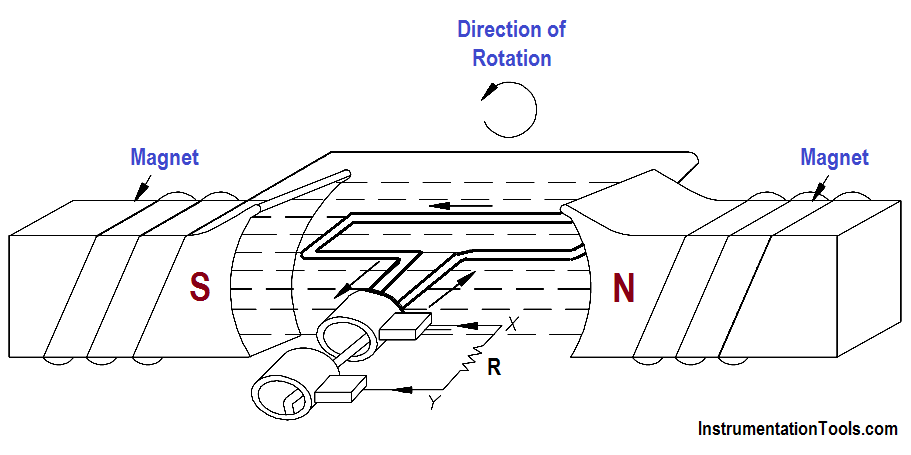
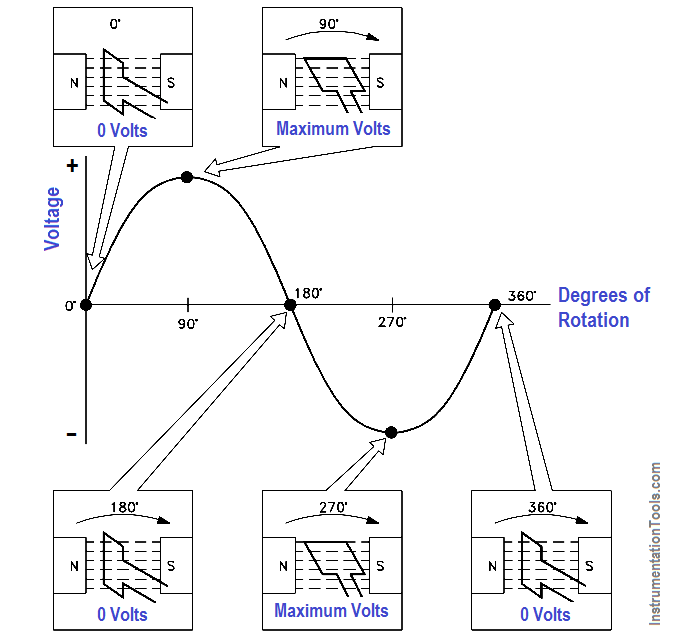
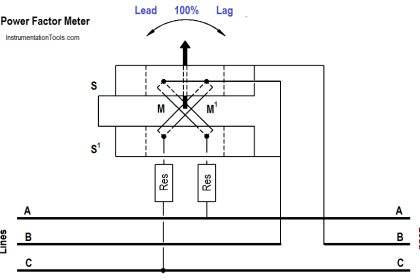
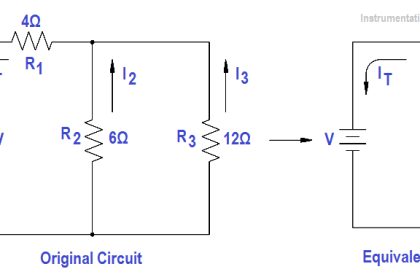
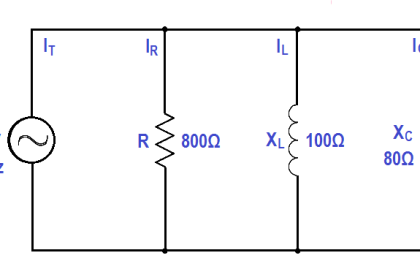
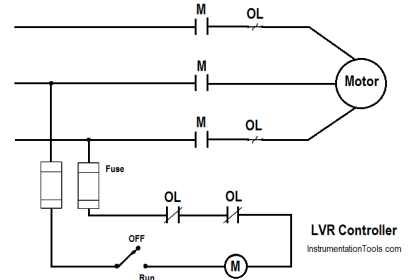
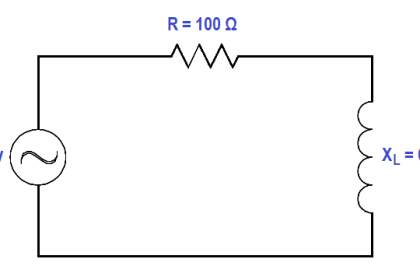

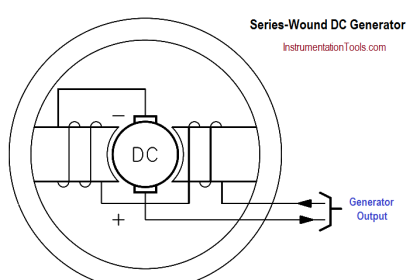

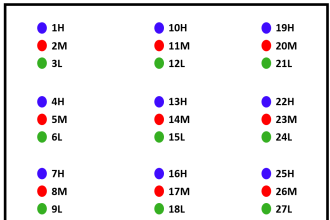
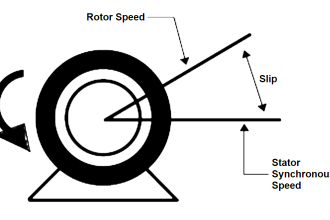

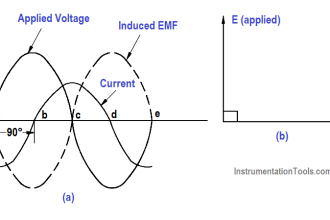
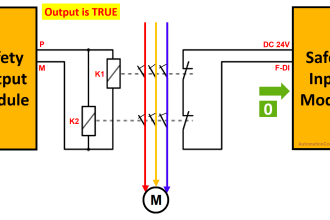
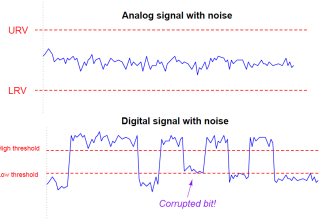
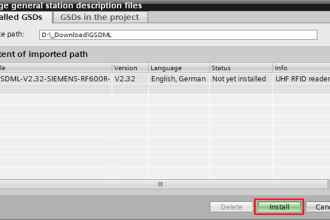
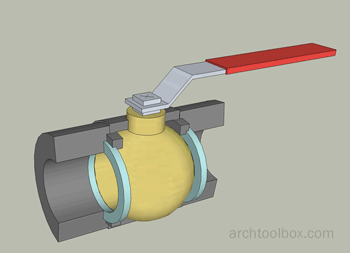

Thanks for the simplicity in explaining important concepts